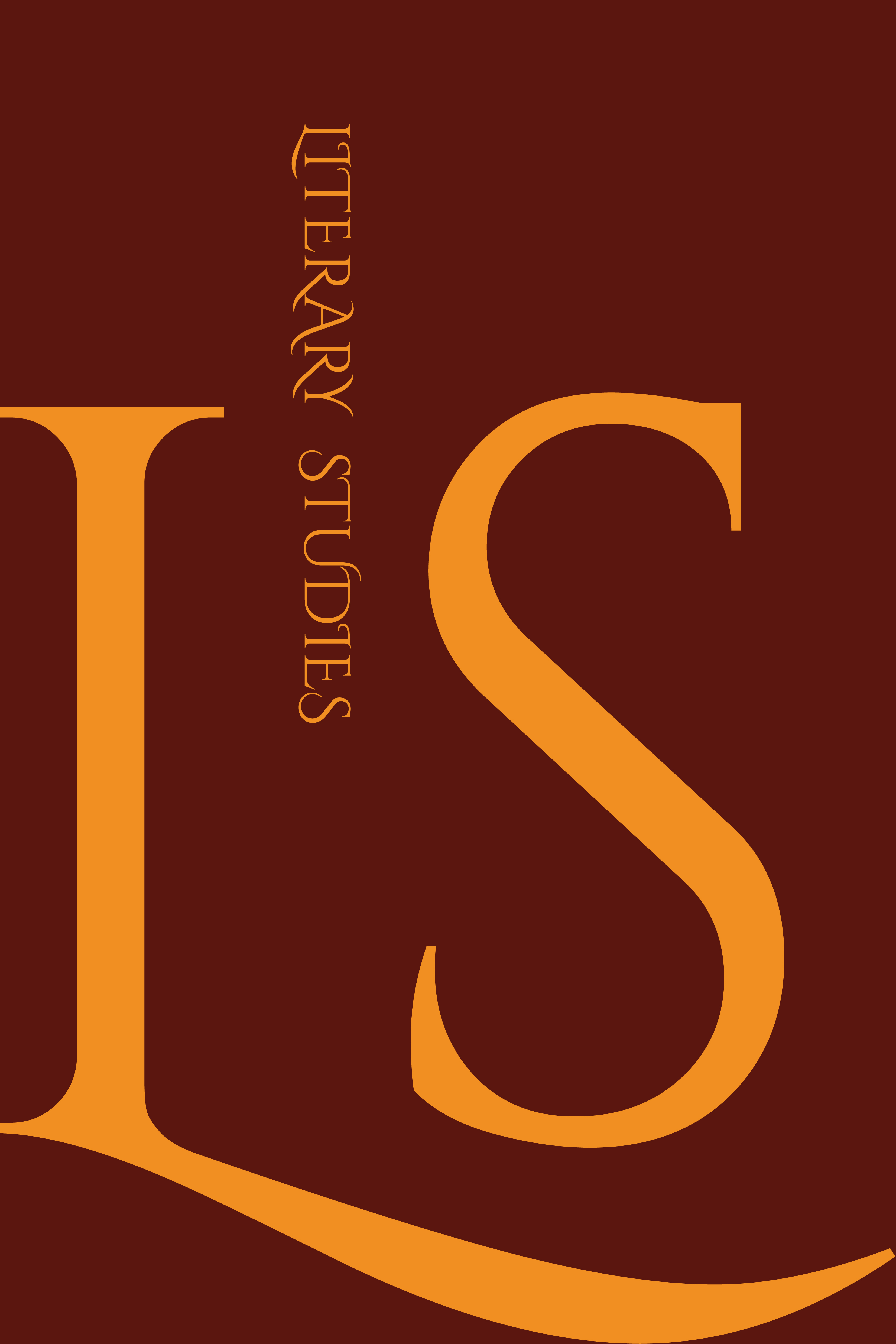Author :
Abstract
16. yüzyıl Osmanlı entelektüel dünyasında, hem ilmi hem de edebi kimliğiyle öne çıkan Bursalı şair Hecrî, İstanbul ve diğer önemli şehirlerde kadılık yapmış, Kelâm, Hadis, Tefsir ve Fıkıh gibi İslamî ilimlere dair eserler kaleme almıştır. Bununla birlikte, onun derin ilmî birikimi, şiir ve edebiyat sevgisiyle harmanlanmış; bu ilgi, duygu ve düşüncelerini yansıttığı 142 gazel, 4 musammat ve 2 kıtadan müteşekkil Dîvân’ında ete kemiğe bürünmüştür. Hecrî’nin Dîvân’ı, yalnızca şairin iç dünyasını değil, aynı zamanda dönemin edebi zevklerini, estetik anlayışını ve kültürel eğilimlerini de gözler önüne seren bir eser olarak değerlidir. Dîvân şiirinde “güzellik” hem somut hem de soyut anlamlarıyla şairlerin ilgi odağında yer almıştır. Hecrî’nin Dîvân’ı da bu geleneğin bir devamı niteliğinde olup, güzellik ve ona eşlik eden unsurların farklı yönlerden işlendiği zengin bir içeriğe sahiptir. Bu çalışmada, Hecrî’nin Dîvân’ındaki güzellik anlayışının izlerini sürmek ve güzelliğin farklı formlarını tespit etmek amaçlanmıştır. Şairin beyitlerinde yer alan güzellik unsurlarının derinlemesine incelenmesiyle, dönemin estetik algısına ve şairin hayal dünyasına dair yeni bir bakış açısı kazandırılması hedeflenmektedir. Bu çalışmada nitel bir yöntem benimsenmiş olup, metin analizi tekniği kullanılmıştır. İlk olarak, Dîvân’daki beyitler taranarak “güzellik” kavramıyla doğrudan veya dolaylı ilişkilendirilebilecek unsurlar tespit edilmiştir. Daha sonra bu unsurlar tematik başlıklar altında sınıflandırılmış ve beyitlerdeki güzellik kurgusu ayrıntılı bir şekilde incelenmiştir. İnceleme sırasında, Hecrî’nin kullandığı dil ve üslup özelliklerinin yanı sıra, güzelliğin estetik, metafizik ve sosyal boyutlarına dair vurgular analiz edilmiştir. Sonuçta, şairin güzellik anlayışını şekillendiren temel unsurlar ile Dîvân’daki güzellik tasvirlerinin özgün yönleri ortaya konulmuştur.
Keywords
Abstract
In the 16th century Ottoman intellectual world, Hajrī, a poet from Bursa, who stood out with both his scholarly and literary identity, worked as a qadi in Istanbul and other important cities and wrote works on Islamic sciences such as Kalām, Hadith, Tafsir and Fiqh. However, his deep scholarly knowledge was blended with his love of poetry and literature, and this interest was embodied in his Dîvân, consisting of 142 ghazals, 4 musammat and 2 stanzas, in which he reflected his feelings and thoughts. Hajrī's Dîvân is valuable as a work that reveals not only the poet's inner world, but also the literary tastes, aesthetic understanding and cultural tendencies of the period. In Dîvân poetry, ‘beauty’ has been at the centre of poets' attention with both concrete and abstract meanings. Hajrī's Dîvân is a continuation of this tradition and has a rich content in which beauty and its accompanying elements are treated from different aspects. In this study, it is aimed to trace the understanding of beauty in Hajrī's Dîvân and to identify different forms of beauty. By analysing the elements of beauty in the poet's couplets in depth, it is aimed to gain a new perspective on the aesthetic perception of the period and the poet's imagination. In this study, a qualitative method has been adopted and text analysis technique has been used. Firstly, the elements that can be directly or indirectly associated with the concept of ‘beauty’ were identified by scanning the couplets in Dîvân. Then, these elements were classified under thematic headings and the construct of beauty in the couplets was analysed in detail. In addition to the language and stylistic features used by Hajrī, the emphases on the aesthetic, metaphysical and social dimensions of beauty were analysed. As a result, the basic elements shaping the poet's understanding of beauty and the unique aspects of the depictions of beauty in Dîvân were revealed.





